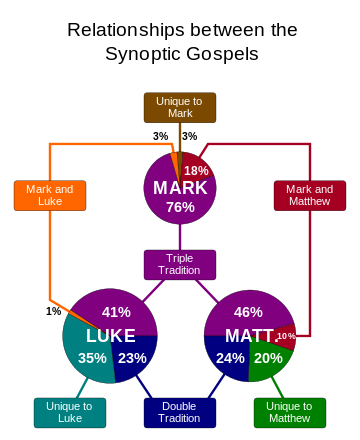Following the book of Acts is a series of books known as the Epistles. Coming from the Greek word, “epistole” meaning a letter or message, each of these letters were written on a scroll. In all, 21 of the New Testament’s 27 books (from Romans to Jude) were originally written as letters to churches or to individuals. With text often dictated to a scribe, the author then reviewed the scroll prior to having it delivered by a trusted messenger. For example, Timothy was the scribe and messenger for some of Paul’s letters (namely, Colossians, Thessalonians, and Philemon), with Paul signing each one to verify that he was the author. Meanwhile, 1 Peter was authored by Apostle Peter with Silas as the scribe.
All Epistles were written in a similar format. For example, most of Paul’s letters began by introducing himself and his associates then continued by addressing the targeted audience with the main body of the message. Each letter concluded with a blessing, providing notes to individuals within the recipient church.
As mentioned in a previous post, Paul was the most prolific author of the Epistles, having authored 13 of the 21 of such letters; namely, Romans, 1 and 2 Corinthians, Galatians, Ephesians, Philippians, Colossians, 1 and 2 Thessalonians, 1 and 2 Timothy, Titus, and Philemon. A subset of these Epistles (Ephesians, Philippians, Colossians, and Philemon), known as Pauline Epistles, were written by Paul while he and Silas were in prison for two years in Rome (Acts 16:16-40). Meanwhile, Paul’s Pastoral Epistles (1 and 2 Timothy and Titus) were targeted messages to church leaders to address many teachings and practices of the early church.
The remaining Epistles, known as General Epistles, were written to a universal audience by other authors. While the author of Hebrews is unknown, many attribute the work to Paul. Meanwhile, the Letter of James was authored by Jesus’ half-brother, James; 1 and 2 Peter were authored by Apostle Peter; 1, 2, and 3 John were authored by Apostle John; and the Letter of Jude was authored by another one of Jesus’s half-brothers, Jude.
In summary, the Pauline Epistles are as follows:
- Romans
- 1 Corinthians
- 2 Corinthians
- Galatians
- Ephesians
- Philippians
- Colossians
- Thessalonians
- Thessalonians
- 1 Timothy
- 2 Timothy
- Titus
- Philemon
While the General Epistles are as follows:
- Hebrews
- James
- 1 Peter
- 2 Peter
- 1 John
- 2 John
- 3 John
- Jude
In subsequent posts, I will delve into each of these letters.
What is the significance behind Jesus’ disciples writing His teachings in the form of a letter?




You must be logged in to post a comment.